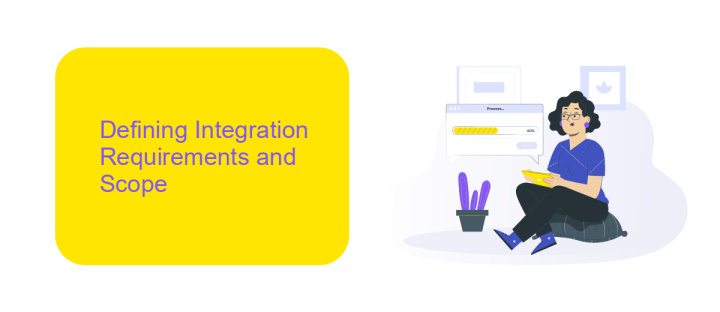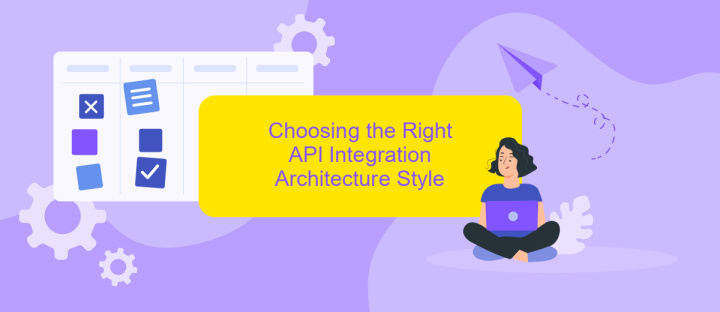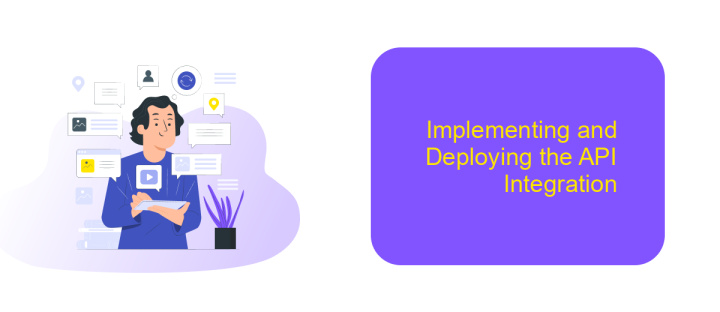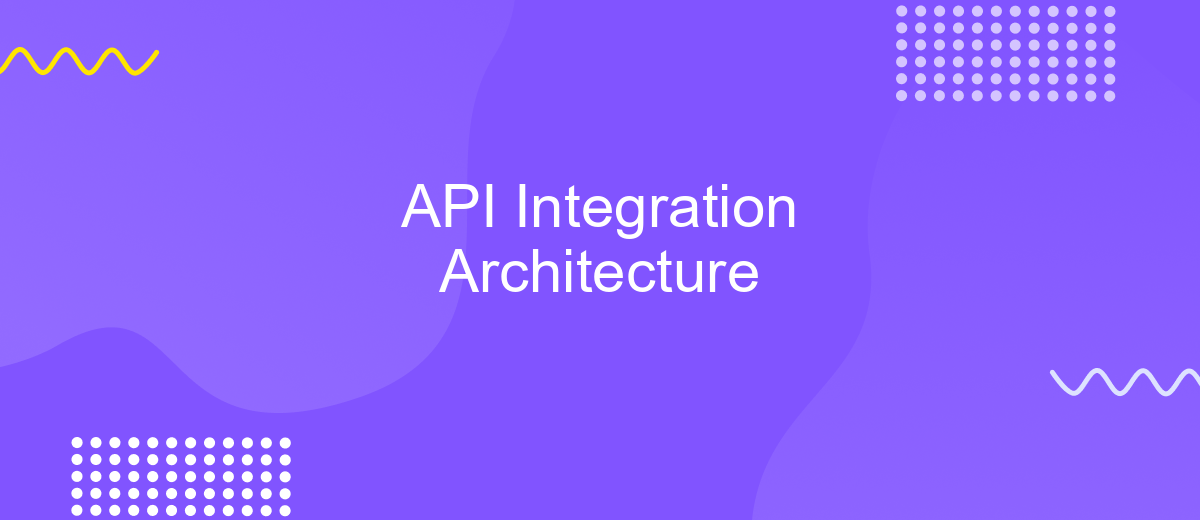API Integration Architecture
API integration architecture serves as the backbone of modern digital ecosystems, enabling seamless communication between diverse software applications. By facilitating data exchange and functionality sharing, it enhances operational efficiency and innovation. This article explores the fundamental principles of API integration architecture, its key components, and best practices, offering insights into how businesses can leverage this technology to drive growth and improve user experiences in an increasingly connected world.
Understanding API Integration Fundamentals
API integration is a critical component in modern software development, enabling diverse systems to communicate and share data seamlessly. Understanding the fundamentals of API integration is essential for creating efficient and scalable architectures. At its core, API integration involves connecting different software applications through their APIs (Application Programming Interfaces), allowing them to interact and function together as a cohesive unit.
- Endpoints: These are the specific URLs where APIs can access resources or services.
- Authentication: Ensures secure access to APIs, often through tokens or keys.
- Data Formats: Common formats like JSON or XML are used for data exchange between systems.
- Rate Limiting: Controls the number of requests an API can handle in a given time frame.
- Error Handling: Mechanisms to manage and respond to errors during API calls.
Mastering these elements is vital for developers aiming to build robust API integrations. By leveraging APIs effectively, organizations can enhance their software capabilities, streamline processes, and foster innovation. As technology evolves, the ability to integrate and utilize APIs will continue to be a key driver of digital transformation.
Defining Integration Requirements and Scope

When embarking on an API integration project, it is crucial to clearly define the integration requirements and scope. This involves understanding the specific business needs that the integration aims to address, identifying the data that needs to be exchanged, and determining the systems involved. A comprehensive requirements analysis helps in setting clear objectives, which in turn guides the selection of appropriate tools and technologies. Stakeholder engagement is essential at this stage to ensure that all perspectives are considered and that the integration aligns with organizational goals.
Once the requirements are defined, the next step is to delineate the scope of the integration. This includes specifying the boundaries of the project, such as which systems will be integrated and what functionalities will be included. Tools like ApiX-Drive can be invaluable in this process, offering a platform to streamline the integration setup and automate workflows without extensive coding. By clearly defining the requirements and scope, organizations can mitigate risks, manage resources effectively, and ensure that the integration delivers the desired outcomes.
Choosing the Right API Integration Architecture Style

Choosing the right API integration architecture style is crucial for ensuring seamless communication between systems. The architecture style you select can significantly influence the efficiency, scalability, and maintainability of your application. Understanding your specific requirements and constraints is the first step in making an informed decision.
- REST (Representational State Transfer): Ideal for stateless operations and when resources can be represented in a standard format like JSON or XML.
- SOAP (Simple Object Access Protocol): Suitable for enterprise-level applications requiring robust security and transaction support.
- GraphQL: Best for scenarios where clients need to request only the data they require, reducing over-fetching.
- gRPC: Excellent for high-performance, low-latency communication, especially in microservices architectures.
Ultimately, the choice of API integration architecture style should align with your project’s goals and technical environment. Consider factors such as data format, security requirements, and performance needs. By carefully evaluating these aspects, you can select an architecture style that not only meets current demands but also adapts to future growth and technological advancements.
Implementing and Deploying the API Integration

To begin implementing API integration, it is crucial to understand the specific requirements and functionalities needed. Start by selecting the right API that aligns with your business goals. Evaluate the API's documentation, authentication methods, and data formats to ensure compatibility with your existing systems.
Once the API is selected, the next step involves setting up a development environment. This includes configuring servers, databases, and other necessary infrastructure. Testing is a key phase, where you simulate various scenarios to ensure the API performs as expected and handles errors gracefully.
- Ensure robust error handling and logging mechanisms are in place.
- Implement security measures such as encryption and API key management.
- Conduct load testing to assess performance under different conditions.
After thorough testing, it's time to deploy the API integration. Use deployment tools to automate and streamline the process, minimizing downtime. Monitor the integration post-deployment to ensure it functions smoothly and make adjustments as necessary. Continuous monitoring and updates will help maintain the integration’s efficiency and reliability over time.
- Automate the work of an online store or landing
- Empower through integration
- Don't spend money on programmers and integrators
- Save time by automating routine tasks
Monitoring, Managing, and Securing API Integrations
Effective monitoring of API integrations is crucial for ensuring seamless data flow and system reliability. Utilizing tools like ApiX-Drive can simplify this process by providing real-time analytics and alerts for any disruptions or anomalies. These insights allow developers to quickly identify and resolve issues, minimizing downtime and maintaining optimal performance. Furthermore, ApiX-Drive's intuitive dashboard facilitates easy tracking of integration performance metrics, helping teams stay informed and proactive in managing their API ecosystems.
Managing and securing API integrations involves implementing robust authentication and authorization protocols to protect sensitive data. ApiX-Drive offers comprehensive security features, including encryption and token-based authentication, to safeguard API interactions. Regular audits and compliance checks are also essential to ensure adherence to industry standards and regulations. By leveraging such services, organizations can efficiently manage their API integrations, ensuring they are not only secure but also scalable and adaptable to evolving business needs.
FAQ
What is API integration architecture?
How do APIs facilitate integration between different systems?
What are the key components of API integration architecture?
How can businesses automate API integrations effectively?
What are some best practices for designing API integration architecture?
Apix-Drive will help optimize business processes, save you from a lot of routine tasks and unnecessary costs for automation, attracting additional specialists. Try setting up a free test connection with ApiX-Drive and see for yourself. Now you have to think about where to invest the freed time and money!


